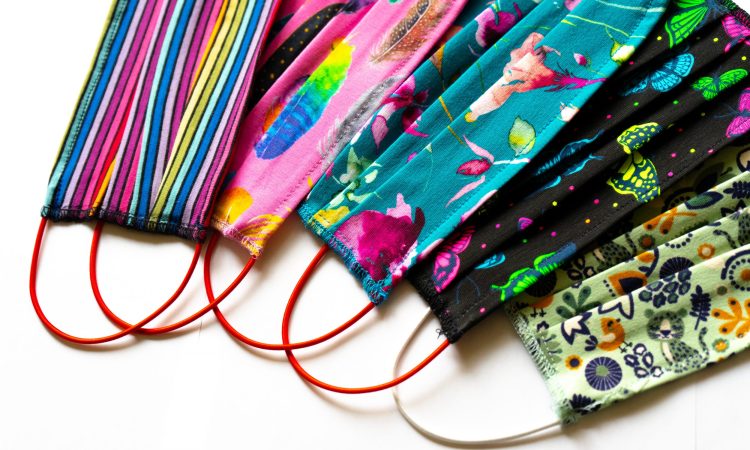These are the recommendations from the Centers for Disease Control and Prevention (CDC).
There are actually a few methods to make your own homemade mask and help reduce the spread of Coronavirus: Covid-19. We took the time to share this article and to take the images from the CDC website so that the information was quickly available to more people. This article shows you how to properly install a mask on your face and presents different ways to DIY your own mask from home.
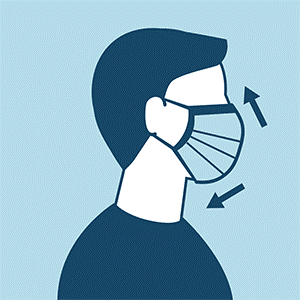 Use the cloth mask well
Use the cloth mask well
Make sure your cloth face covering:
• fits snugly but comfortably against the side of the face;
• be attached with ropes around the ears or attached strips of fabric;
• include multiple layers of fabric;
• allows for breathing without restriction;
• can be laundered and machine dried without damage or change to shape
Recommendations from the CDC
The CDC recommends wearing a mask when you are in a public place or in places where there is a high level of transmission of the virus or in a place where it is rather difficult to maintain social distancing such as grocery stores and pharmacies.
By simply using fabric, the spread of the virus can be reduced by reducing the risk of spreading it, even when there are no symptoms. Homemade masks are inexpensive since they are made from household items or with materials easily accessible.
It is still not recommended to use them for children under 2 years of age, for a person with breathing difficulties, for an unconscious person, or a person who would be unable to remove the mask alone.
The fabric masks that we find on the market must be reserved for healthcare workers. These are very important supplies in the practice of their functions.
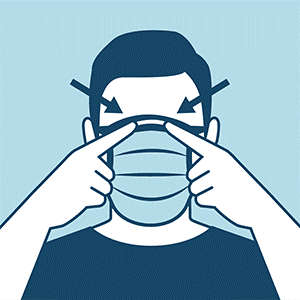 Several questions:
Several questions:
Should cloth masks be washed or cleaned regularly and how often? Yes. They should be washed frequently depending on the frequency of use.
How to safely sterilize/clean a cloth mask? The washing machine should be enough to properly clean a mask.
How can you safely remove a used fabric mask? Be careful not to touch your eyes, nose and mouth when removing the mask and wash your hands immediately after removing it.
Sewn cloth face covering
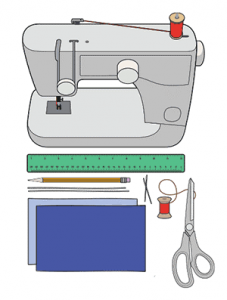 Materials
Materials
• Two 10”x6” rectangles of cotton fabric
• Two 6” pieces of elastic (or rubber bands, string, cloth strips, or hair ties)
• Needle and thread (or bobby pin)
• Scissors
• Sewing machine
Tutorial
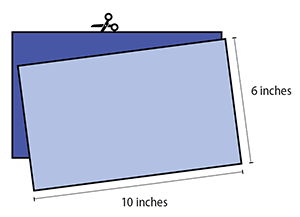
1. Cut out two 10-by-6-inch rectangles of cotton fabric. Use tightly woven cotton, such as quilting fabric or cotton sheets. T-shirt fabric will work in a pinch. Stack the two rectangles; you will sew the mask as if it was a single piece of fabric.
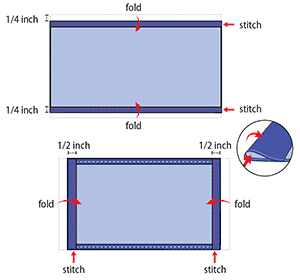
2. Fold over the long sides ¼ inch and hem. Then fold the double layer of fabric over ½ inch along the short sides and stitch down.
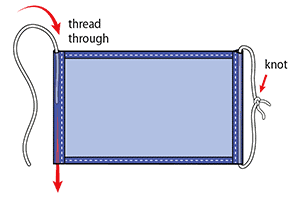
3. Run a 6-inch length of 1/8-inch wide elastic through the wider hem on each side of the mask. These will be the ear loops. Use a large needle or a bobby pin to thread it through. Tie the ends tight.
Don’t have elastic? Use hair ties or elastic head bands. If you only have string, you can make the ties longer and tie the mask behind your head.
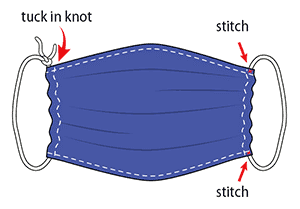
4. Gently pull on the elastic so that the knots are tucked inside the hem. Gather the sides of the mask on the elastic and adjust so the mask fits your face. Then securely stitch the elastic in place to keep it from slipping.
Mask using short sleeve sweater (seamless)
Materials
• Short sleeve sweater
• Scissors
Tutorial
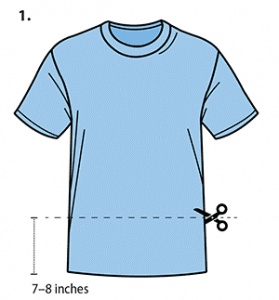
Cut the bottom of the sweater to make a double piece 7 or 8 inches high.
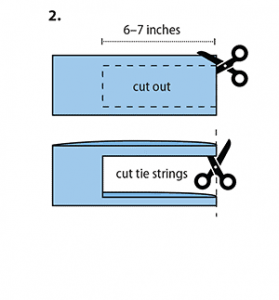
Use the scissors to cut a rectangle about 6 to 7 inches long on one of the two sides. Cut off the remaining ends to create two cords.
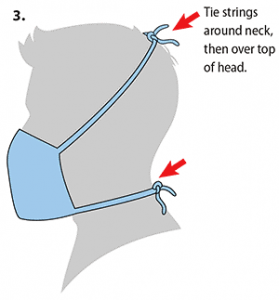
Tie the cords around the neck and then on the top of the head
Non-sewn Face Covering
Materials
• Bandana, old t-shirt, or square cotton cloth (cut approximately 20”x20”)
• Coffee filter
• Rubber bands (or hair ties)
• Scissors (if you are cutting your own cloth)
Tutorial
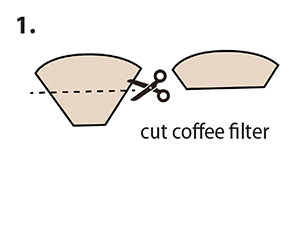
Cut the coffee filter in half and keep most of it.
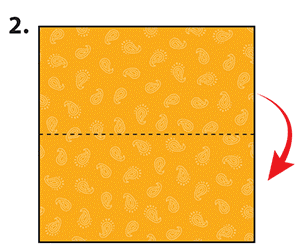
Fold the bandana in half.
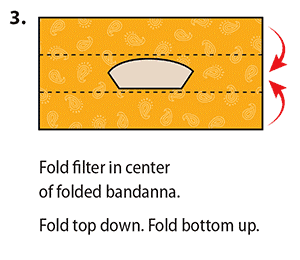
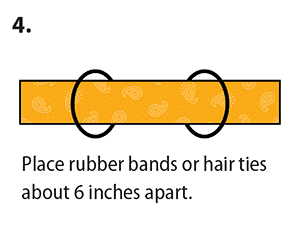
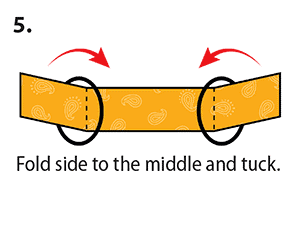
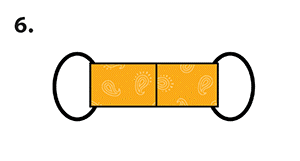
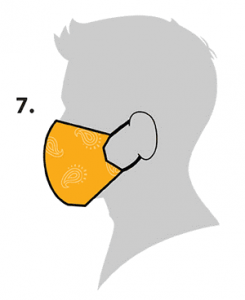
Take the opportunity to make it an activity for families or couples. In addition to being fun, this activity will reduce the risk of transmitting the virus. Remember that if you have symptoms, it is important not to leave the house so as not to spread the virus further.
To view the original article, click here!


